We explore the picturesque seaside resorts and rural villages of the Suffolk coast at England’s eastern edge
Words by Catherine Jones
The Suffolk Coast
With its long stretches of sand and shingle beach, historic towns and villages and thriving wildlife, the Suffolk coast’s saltwater-lapped shores are an enchanting place to spend a few days.
Fringing the very eastern edge of England, over the years this land (and sea) beneath huge skies has inspired artists, musicians and writers, and in our modern world still retains its unspoilt character.
A millennium and a half ago, the men and women who walked this part of the great Kingdom of the Angles were known as ‘south folk’, from which the ancient county of Suffolk gets its name. One of the most famous of these ‘south folk’ is the great 20th-century British composer Benjamin Britten, born in Lowestoft in 1913 to a dentist father and a mother who was a keen amateur musician.
After forging his early career in London and spending several years in America, in the 1940s Britten was inspired to return to the Suffolk coast by the moving verse of 18th-century poet George Crabbe. The composer and his partner, tenor Peter Pears, set up home in Crabbe’s birthplace Aldeburgh.
Aldeburgh
There, the pair – along with librettist Eric Crozier – founded the Aldeburgh Festival which this year marks its 75th anniversary, with a host of celebratory events taking place between 7 and 23 June.
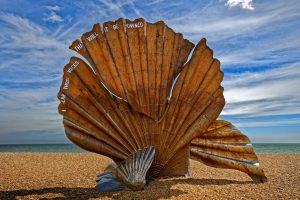
Aldeburgh itself is a charming place to spend time, with its Georgian buildings, half-timbered Tudor Moot Hall, now the town museum, and a beach where you can still see fishermen bringing in their catch. On the shore, Scallop (2003), an outsize sculpture by Maggi Hambling, is a tribute to Benjamin Britten and features a quote from his opera Peter Grimes: “I hear those voices that will not be drowned.”
Britten and Pears lived at the The Red House in Aldeburgh. Their lovingly preserved home, which sits in five acres of gardens, is an excellent place to learn more about their life, while a few miles away Snape Maltings is home to the world-renowned festival concert hall that Britten founded as a home for the Aldeburgh Festival.
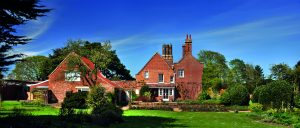
Aldeburgh lies towards one end of the Suffolk coast, which stretches for 50-miles, from the port of Felixstowe in the south to the buzzing seaside resort of Lowestoft on the Norfolk border.
Orford
Orford, a few miles south of Aldeburgh, nestles in the midst of the Suffolk Coast and Heaths Area of Outstanding Natural Beauty, and its internationally important nature reserve, Orford Ness, sits on a long shingle spit at the mouth of the River Ore, formerly the site of a Cold War radar station. At the heart of the village is a 12th-century castle, built by Henry II to consolidate his power in the region and with magnificent views from its unique polygonal keep.
A medieval myth tells how a wild man was caught in fishing nets and held at Orford Castle until he managed to escape back to the North Sea’s briny depths. Look out for a carving of the mysterious man on the font in the village’s historic St Bartholomew’s Church.
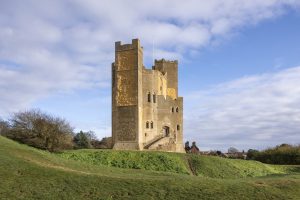
Thorpeness
Just to the north of Aldeburgh is Thorpeness, whose beach is said to have once been the haunt of smugglers. A century ago, this former fishing village was transformed by landowner Stuart Ogilvie into a whimsical holiday destination with homes in Jacobean and Tudor Revival style. At the centre, the Meare, a large, specially dug lake peppered with fairytale islands, was inspired by locations in Peter Pan, written by J.M Barrie, a friend of Ogilvie.
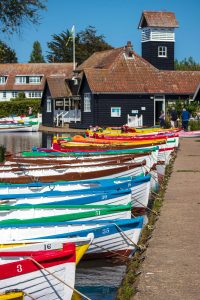
Minsmere and Dunwich
Continuing northwards, there’s more for nature lovers to enjoy at Minsmere – a major bird and wildlife reserve covering 2,500 acres of reed beds, heath, wet grasslands and coastal lagoons. It’s a nesting place for more than 100 species including avocets, bitterns and nightingales, as well as a home to otters, water voles and natterjack toads.
Neighbouring Dunwich may be a peaceful village on the Suffolk coast today, but 1,500 years ago it was the capital of East Anglia and became one of the largest settlements in the country – a thriving port built on fishing and the trade in wine, wool and salt, and a religious centre with up to 10 churches and two monasteries.
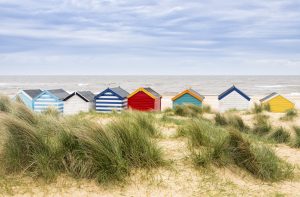
But the bustling, manmade metropolis was no match for nature, and it was lost beneath the waves after two great storm surges in the late 13th and early 14th centuries. Legend has it that the submerged church bells of this British Atlantis still ring out warnings on stormy nights. Only a tiny settlement and the ruins of a medieval friary now remain. Don’t miss the museum, which tells the fascinating history of the area.
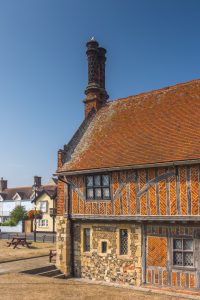
Nearby Dunwich Heath, cared for by the National Trust for 50 years, is a magical place that’s home to special birds such as the Dartford warbler, nightjar and woodlark. Visit between July and September to see the heath in beautiful bloom, the pink and purple heather interspersed with coconut-scented yellow gorse.
Walberswick
Heading north again along the Suffolk coast brings you to Walberswick, recently named one of the most desirable places to live in Britain. There are myths here too – keep an eye out for the ghost of murderer Tobias Gill, known as ‘Black Toby’ who, it’s said, can be spotted sometimes driving a coach pulled by a team of headless horses.
The Grade I listed St Andrew’s Church stands within the ruins of a larger medieval place of worship, while pastel-coloured cottages abound in this friendly village, a favourite over the centuries with artists and writers.
On the south coast of the River Blyth, and with a long stretch of beautiful beach, Walberswick was an important trading port from the 13th century until the turn of the 20th. Its once-busy harbour has in recent years played host to the annual British Open Crabbing Championships.
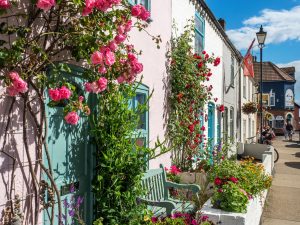
Southwold
A short hop across the river by foot ferry is the picturesque seaside resort of Southwold, another former Saxon fishing port. Here you can discover Dutch gable cottages and period houses built around nine greens, a whitewashed 19th-century lighthouse, lines of brightly painted beach huts and, stretching out into the North Sea, the town’s restored Victorian pier with its famous water clock.
The fine, Grade I listed Church of St Edmund is the home of ‘Southwold Jack’, a 15th-century figure of an armoured Wars of the Roses foot soldier. When his cord is pulled, his battle axe strikes a bell. The eagle-eyed may spy various copies of him as they walk around the town. And don’t miss the tiny cottage museum, which houses two ship’s rudders dating from a time when Suffolk was under Viking rule.
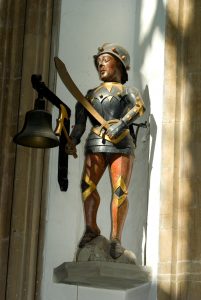
Lowestoft
Finally, reaching the northernmost part of the Suffolk coast, you come to Lowestoft, the largest resort in the county. Not only that, but its Ness Point holds the distinction of being the easternmost tip of Britain. Lowestoft’s South Beach is the location for the annual First Light Festival, held each June to coincide with the midsummer solstice.
The town’s South Pier, originally opened in 1846, offers traditional family seaside entertainments, while Lowestoft’s lighthouse dates from 1874. Older than both are the Scores (from the Old English ‘skor’), a series of steep lanes and alleyways which run downhill through the old town, and which are perfect for some energetic exploration.
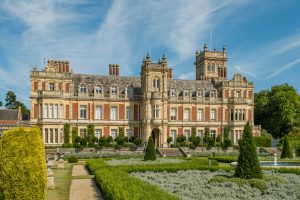
For a view of the Suffolk coast from the water take a day trip on the 100-year-old Excelsior, one of the few remaining Lowestoft sailing trawlers. Alternatively, head inland two miles to stretch your legs at Somerleyton Hall, a Jacobean manor whose 12 acres of spectacular gardens, including a Victorian maze, are open to the public.
From bird watching to bucket-and-spade beaches, castles to crabbing, and medieval myths to modern day music-making, the beautiful Suffolk coast is a veritable eastern Eden.
This is an extract, read the full feature in the March/April 2024 issue of BRITAIN, available to buy here from Friday 9 February.

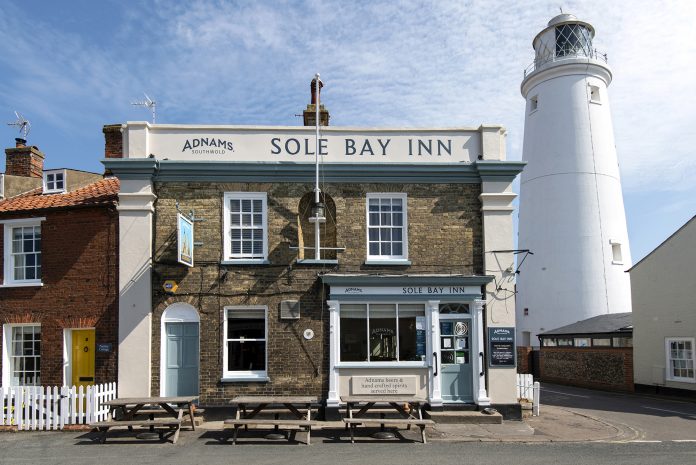




 © 2024
© 2024